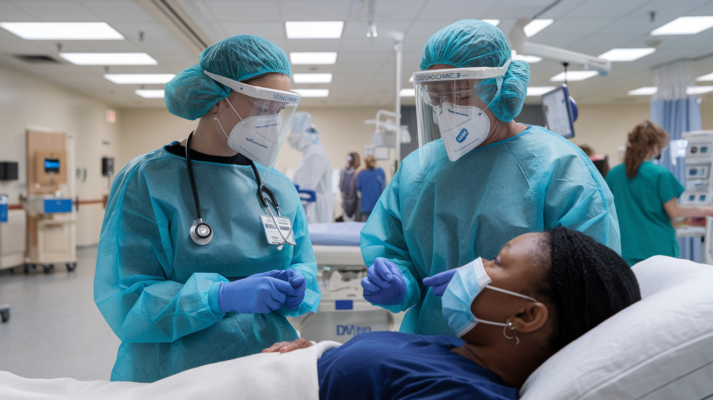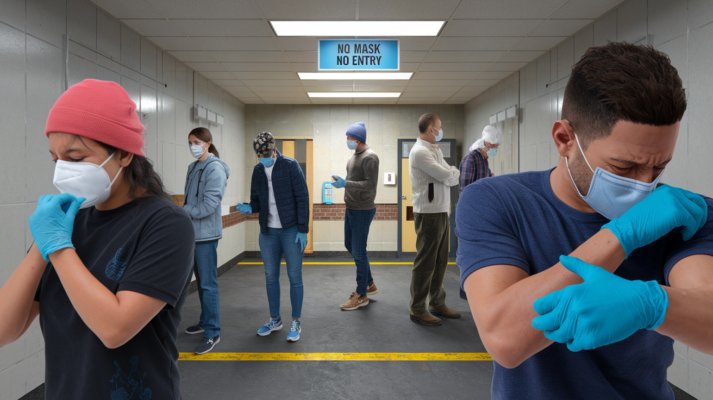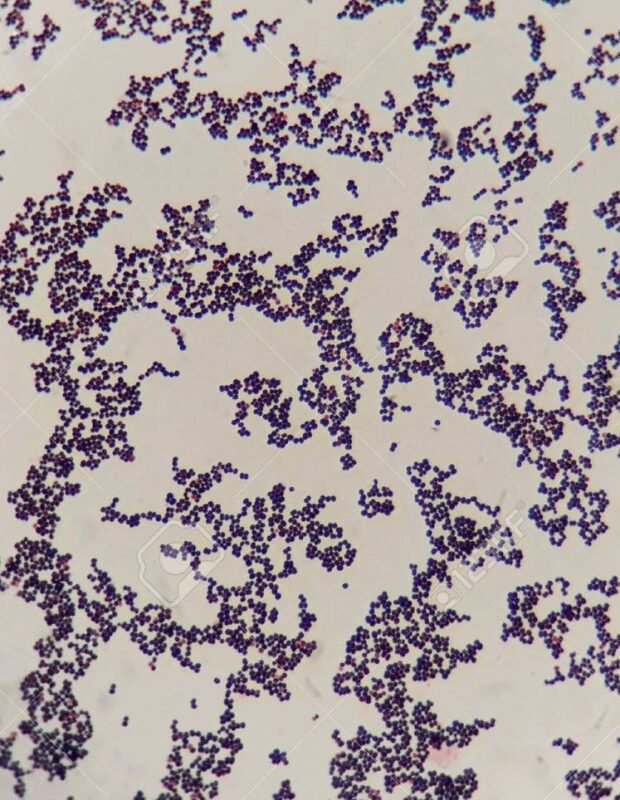Have you ever heard of a “superbug” that’s resistant to most antibiotics? Well, let me introduce you to MRSA infection, a bacterial infection that’s a concern in healthcare settings and communities alike. In this article, I will explain what it is, how it spreads, and, most importantly, how you can protect yourself and your loved ones.
Table of Contents
- 1 What is MRSA?
- 2
- 3
- 4
- 5
- 6
- 7
- 8
- 9
- 10
- 11 Causes and Risk Factors
- 12 Symptoms of MRSA Infection
- 13 Diagnosis of MRSA
- 14
- 15
- 16
- 17
- 18
- 19
- 20
- 21
- 22
- 23 Treatment Options
- 24 Prevention Strategies
- 25 Complications of MRSA Infections
- 26 MRSA in Children and Infants
- 27 MRSA and Pets
- 28 Antibiotic Resistance and MRSA
- 29 Living with MRSA: Coping Strategies
- 30
- 31 Conclusion
- 32 FAQs
What is MRSA?
MRSA stands for Methicillin-Resistant Staphylococcus Aureus. Staphylococcus aureus, often called “staph,” is a common type of bacteria that lives on our skin and in our noses. It’s usually harmless, but sometimes, it can cause infections. The “Methicillin-Resistant” part means that this particular strain of staph has developed resistance to methicillin and other common antibiotics, making it much harder to treat.

Types of MRSA Infections
Hospital-Acquired MRSA (HA-MRSA)
As the name suggests, this type of MRSA is typically contracted in healthcare settings. If you’ve been hospitalized, had surgery, or received long-term care, you might be at risk for HA-MRSA. In this case, it takes advantage of weakened immune systems and invasive medical procedures.
Community-Associated MRSA (CA-MRSA)
This is the type of MRSA that’s been causing more concern to the public health of any country. CA-MRSA can spread in community settings like gyms, schools, or even within households. It can easily pass from person to person through close contact or shared items.
Causes and Risk Factors
So, what makes someone more likely to get MRSA? Well, it’s not just about bad luck. Several factors can increase your risk:
- Frequent antibiotic use
- Prolonged hospital stays
- Living in crowded conditions
- Participating in contact sports
- Having a weakened immune system
- Working in healthcare settings
Think of MRSA like a opportunistic burglar – it’s always looking for a way in, and these risk factors are like leaving your windows open.
Symptoms of MRSA Infection
Skin Infections
The most common type of MRSA infection affects the skin. You might notice:
- Red, swollen bumps that look like pimples or boils
- Warm, painful areas on the skin
- Pus or other drainage
- Fever
Invasive MRSA Infections
In more serious cases, MRSA can invade deeper into your body, causing:
- Pneumonia (lung infection)
- Bloodstream infections
- Surgical site infections
- Heart valve infections
They can be life-threatening if not treated promptly.
Diagnosis of MRSA
If your doctor suspects MRSA, they’ll likely take a sample from the infected area and send it to a lab. The lab will culture the sample and test it against various antibiotics to confirm if it’s MRSA and which treatments might work best. The sample taken from you could be from the nose, groin, throat, wound site, CVC or PICC lines insert etc.
One of the screening methods for MRSA diagnosis is using chromogenic agar where Methicillin-Resistant Staph aureus (MRSA) is identified using growth characteristic on the agar. MSRA strains grow with a characteristic mauve coloured colonies while non-MRSA strains show different colours ranging from colorless to blue colonies.

Treatment Options
Antibiotics
Even though MRSA is resistant to many antibiotics, there are still some that can work. Your doctor might prescribe:
- Vancomycin
- Linezolid
- Daptomycin
- Ceftaroline
Think of these as the special forces in the war against MRSA – they’re called in when the regular troops (common antibiotics) can’t handle the job.
Drainage and Wound Care
For skin infections, your doctor might need to drain the infected area. It’s not pleasant, but it’s often necessary to help your body fight off the infection. Proper wound care is always advised – keep the area clean and covered, and follow your doctor’s instructions carefully.
Prevention Strategies
Personal Hygiene
The best defense against MRSA is good hygiene:
- Wash your hands frequently with soap and water
- Keep cuts and scrapes clean and covered
- Don’t share personal items like towels or razors
- Shower after athletic activities
Think of good hygiene as your personal force field against MRSA.
Healthcare Settings

If you’re in a hospital or healthcare facility:
- Don’t be afraid to ask healthcare workers if they’ve washed their hands(I am afraid of this one to be honest!)
- Make sure medical equipment is properly cleaned(I am talking to you if you are a healthcare worker)
- Follow visitor policies
Community Settings

In places like gyms or schools:
- Use a barrier (like a towel) between your skin and shared equipment or better, clean before use. Most gyms enforce this.
- Keep your personal items to yourself
- Shower after using shared facilities
Complications of MRSA Infections
If left untreated, MRSA can lead to serious complications:
- Sepsis (bloodstream infection)
- Osteomyelitis (bone infection)
- Endocarditis (heart valve infection)
These are like the boss levels in a video game – they’re tough to beat and can have serious consequences.
MRSA in Children and Infants
Children, especially infants, can be more vulnerable to MRSA. They might get more skin infections, and it can spread quickly in daycares or schools. It’s like MRSA found the perfect playground – lots of close contact and developing immune systems.
MRSA and Pets
Believe it or not, your furry friends can carry MRSA too. While it’s not common, pets can sometimes transmit MRSA to humans or vice versa. So, good hygiene applies to your pets as well!
Antibiotic Resistance and MRSA
MRSA is a prime example of antibiotic resistance – a growing global health concern. It’s like bacteria have been hitting the gym, getting stronger against our usual treatments. This is why it’s crucial to use antibiotics responsibly and only when necessary.
Living with MRSA: Coping Strategies
If you’ve been diagnosed with MRSA, don’t panic. Many people carry MRSA without any problems. Focus on:
- Following your treatment plan
- Practicing good hygiene
- Informing healthcare providers about your MRSA history
- Staying positive – stress can affect your immune system
Conclusion
MRSA might sound scary, but knowledge is power. By understanding what MRSA is, how it spreads, and how to prevent it, you’re already ahead of the game. Remember, good hygiene is your best defense.
FAQs
- Can MRSA go away on its own? While some minor skin infections might clear up without treatment, it’s always best to consult a healthcare provider if you suspect MRSA.
- How long is MRSA contagious? MRSA is contagious as long as you have an active infection. Once your infection has healed, you’re generally no longer contagious.
- Can I get MRSA from swimming pools? While it’s possible, it’s not common. Properly maintained pools with adequate chlorine levels can kill MRSA bacteria.
- Is there a vaccine for MRSA? Currently, there’s no vaccine available for MRSA, but researchers are working on developing one.
- Can I have MRSA and not know it? Yes, some people can carry MRSA without showing any symptoms. This is called being “colonized” with MRSA.
You might as well read common mistake patients make that can affect their lab results

